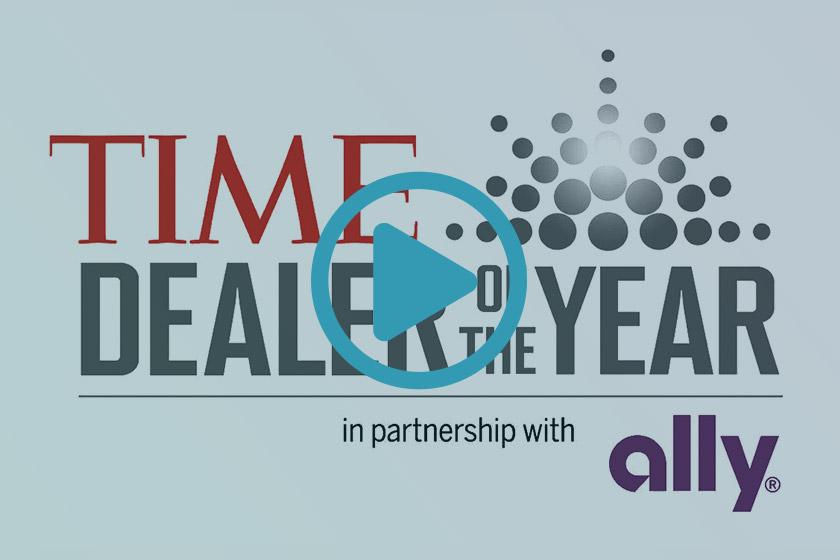Displaying items by tag: Search Engine Optimization (SEO)
Does Bounce Rate Impact SEO Rankings?
One of the big challenges in search engine optimization is reckoning with Google’s complicated, multi-faceted, and ever-changing algorithms. Simply put, there are a number of different factors that can impact your website’s performance on the search results page, and though these factors are weighted differently, they all deserve some level of consideration.
How Online Reviews Put Your Business on Top
The Internet has fundamentally transformed how we shop. For example, consumers no longer have to make their major purchases “blind.” Instead, they can take as much time as they want to read reviews from other buyers, developing a more fully formed opinion about how to spend their hard-earned money.
How Does UX Impact SEO?
In the early days of SEO, many of the most popular tactics involved boosting a website’s rankings at the expense of user experience. For example, some SEOs employed methods like keyword stuffing, or even inserting “invisible” keywords into their copy. Today, the landscape has shifted significantly, in ways that are advantageous to both SEO and end user alike: It is now well-understood that, if you want your site to rank well, it also needs to offer a positive experience to your readers.
Diagnosing a Traffic Drop
In our experience, most marketers and business owners keep a vigilant eye on their website analytics, carefully monitoring their incoming traffic. It’s always encouraging to see your site getting plenty of hits, but what about sudden drops in traffic? This can happen sometimes, and it may even cause a momentary rush of panic.
10 Ways to Improve Local SEO Rankings
There are a couple of things we know to be true about the COVID-19 pandemic and its effects on the business world. One, we know that small and local businesses have really felt the strain, with many being forced to shut their doors for good. And two, we know that the stress on small businesses has led to a big push for people to shop local and support their hometown vendors.
Optimizing your website for local search results can seem a bit daunting, even when you only have one business location to worry about. Having multiple locations complicates things even further. How can you ensure outstanding results when you are juggling multiple addresses and phone numbers?
essential
- Website
- Citation Services
- SEM (Pay-Per-Click)
- Review Services
Simple Ways to Improve Local SEO
In 2019, SEO is local. That’s doubly true for brick and mortar businesses, which thrive on being easily discoverable by search engine users in the immediate area. That’s ultimately what gets people filing into the restaurant or the store, and as such, it’s no exaggeration to say that local SEO can make or break your broader marketing efforts.
Why Internal Linking is an SEO Essential
“Link building” has long been a popular phrase in SEO circles—and not without reason. Links to other websites can play an important role in developing your own site’s reputation and authority. Sometimes, though, the emphasis on link building is a little one-sided, slanted toward the inclusion of external links, as well as backlinks from relevant third-party sites.
Few things frustrate an entrepreneur or a marketing team more than investing money in high-quality content, then getting little or no audience engagement. Often, there’s a simple reason why content falls flat: It’s not that it’s bad, just that nobody can find it. Content always needs to be optimized for discovery, and made more visible among search engine users. In other words, content creation always needs to be married to sturdy SEO.
-
08/10/2021
Why Citation Services Are the First Step in Local SEO
-
01/24/2020
9 Local Search Resolutions for 2020
-
12/26/2019
Why Citations Matter for Your Business
ready to get started?
-
did you know?
A lot of our best work… is invisible.
We use microdata on all of the sites we build to make sure important details like address and business hours are passed on to Google and other search engines, making it easier for your customers to find you both on and off the web.
-
be a success story.
Lake Norman Chrysler Dodge Jeep Ram
AUTO DEALER MARKETING PARTNER
enCOMPASS Agency has been a leader in automotive digital marketing for car dealers since 2006. Our success in auto is unprecedented and Lake Norman CDJR is an example of how to achieve amazing results by working as true marketing partners for over a decade.

 #1 Dealer2018 TIME Dealer of the Year
#1 Dealer2018 TIME Dealer of the Year
stay ahead.
-
Search Engine Marketing (SEM) Google Insights Search Engine Optimization (SEO)
How AI-Driven Automation Can Transform Your Business
-
Marketing Mobile Advertising Video Advertising
The Future of Podcast Advertising: How to Stay Ahead in 2025








